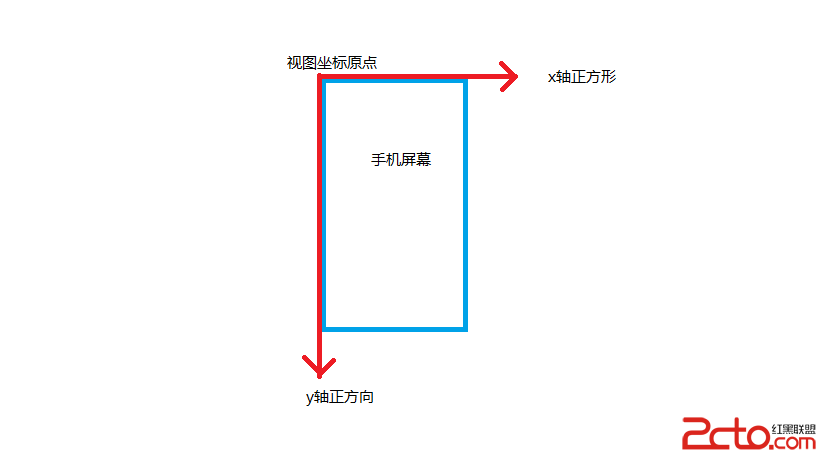編輯:關於android開發
本文轉載於:http://bijian1013.iteye.com/blog/2166855
package com.bijian.study;
import java.io.BufferedReader;
import java.io.DataOutputStream;
import java.io.IOException;
import java.io.InputStreamReader;
import java.net.HttpURLConnection;
import java.net.URL;
import java.net.URLEncoder;
public class PostRequest {
public static final String GET_URL = "http://localhost:8080/SpringMVC/greeting";
public static final String POST_URL = "http://localhost:8080/SpringMVC/greeting";
public static void readContentFromGet() throws IOException {
// 拼湊get請求的URL字串,使用URLEncoder.encode對特殊和不可見字符進行編碼
String getURL = GET_URL + "?name=" + URLEncoder.encode("zhangshan", "utf-8");
URL getUrl = new URL(getURL);
// 根據拼湊的URL,打開連接,URL.openConnection函數會根據URL的類型,
// 返回不同的URLConnection子類的對象,這裡URL是一個http,因此實際返回的是HttpURLConnection
HttpURLConnection connection = (HttpURLConnection) getUrl.openConnection();
// 進行連接,但是實際上get request要在下一句的connection.getInputStream()函數中才會真正發到服務器
connection.connect();
// 取得輸入流,並使用Reader讀取
BufferedReader reader = new BufferedReader(new InputStreamReader(connection.getInputStream(), "utf-8"));// 設置編碼,否則中文亂碼
System.out.println("=============================");
System.out.println("Contents of get request");
System.out.println("=============================");
String lines;
while ((lines = reader.readLine()) != null) {
// lines = new String(lines.getBytes(), "utf-8");
System.out.println(lines);
}
reader.close();
// 斷開連接
connection.disconnect();
System.out.println("=============================");
System.out.println("Contents of get request ends");
System.out.println("=============================");
}
public static void readContentFromPost() throws IOException {
// Post請求的url,與get不同的是不需要帶參數
URL postUrl = new URL(POST_URL);
// 打開連接
HttpURLConnection connection = (HttpURLConnection) postUrl.openConnection();
// Output to the connection. Default is false, set to true because post method must write something to the connection
// 設置是否向connection輸出,因為這個是post請求,參數要放在http正文內,因此需要設為true
connection.setDoOutput(true);
// Read from the connection. Default is true.
connection.setDoInput(true);
// Set the post method. Default is GET
connection.setRequestMethod("POST");
// Post cannot use caches
// Post 請求不能使用緩存
connection.setUseCaches(false);
// This method takes effects to every instances of this class.URLConnection.setFollowRedirects是static函數,作用於所有的URLConnection對象。
// connection.setFollowRedirects(true);
// This methods only takes effacts to this instance.URLConnection.setInstanceFollowRedirects是成員函數,僅作用於當前函數
connection.setInstanceFollowRedirects(true);
// Set the content type to urlencoded,because we will write some URL-encoded content to the connection. Settings above must be set before connect!
// 配置本次連接的Content-type,配置為application/x-www-form-urlencoded的意思是正文是urlencoded編碼過的form參數,下面我們可以看到我們對正文內容使用URLEncoder.encode進行編碼
connection.setRequestProperty("Content-Type", "application/x-www-form-urlencoded");
// 連接,從postUrl.openConnection()至此的配置必須要在connect之前完成,
// 要注意的是connection.getOutputStream會隱含的進行connect。
connection.connect();
DataOutputStream out = new DataOutputStream(connection.getOutputStream());
// The URL-encoded contend
// 正文,正文內容其實跟get的URL中'?'後的參數字符串一致
String content = "name=" + URLEncoder.encode("張三", "utf-8");
// DataOutputStream.writeBytes將字符串中的16位的unicode字符以8位的字符形式寫道流裡面
out.writeBytes(content);
out.flush();
out.close();// flush and close
BufferedReader reader = new BufferedReader(new InputStreamReader(connection.getInputStream(), "utf-8"));// 設置編碼,否則中文亂碼
String line = "";
System.out.println("=============================");
System.out.println("Contents of post request");
System.out.println("=============================");
while ((line = reader.readLine()) != null) {
// line = new String(line.getBytes(), "utf-8");
System.out.println(line);
}
System.out.println("=============================");
System.out.println("Contents of post request ends");
System.out.println("=============================");
reader.close();
connection.disconnect();
}
public static void main(String[] args) {
try {
readContentFromGet();
readContentFromPost();
} catch (IOException e) {
e.printStackTrace();
}
}
}
運行結果:
=============================
Contents of get request
=============================
<!DOCTYPE html>
<html>
<head>
<meta http-equiv="Content-Type" content="text/html; charset=UTF-8">
<title>Hello</title>
</head>
<body>
你好,zhangshan
</body>
</html>
=============================
Contents of get request ends
=============================
=============================
Contents of post request
=============================
<!DOCTYPE html>
<html>
<head>
<meta http-equiv="Content-Type" content="text/html; charset=UTF-8">
<title>Hello</title>
</head>
<body>
你好,張三
</body>
</html>
=============================
Contents of post request ends
=============================
注意:通過BufferedReader 讀取遠程返回的數據時,必須設置讀取編碼,否則中文會亂碼!
HttpURLConnection.connect函數,實際上只是建立了一個與服務器的tcp連接,並沒有實際發送http請求。無論是post還是get,http請求實際上直到HttpURLConnection.getInputStream()這個函數裡面才正式發送出去。
在readContentFromPost() 中,順序是重中之重,對connection對象的一切配置(那一堆set函數)都必須要在connect()函數執行之前完成。而對 outputStream的寫操作,又必須要在inputStream的讀操作之前。這些順序實際上是由http請求的格式決定的。
http 請求實際上由兩部分組成,一個是http頭,所有關於此次http請求的配置都在http頭裡面定義,一個是正文content,在connect()函數裡面,會根據HttpURLConnection對象的配置值生成http頭,因此在調用connect函數之前,就必須把所有的配置准備好。
緊接著http頭的是http請求的正文,正文的內容通過outputStream寫入,實際上outputStream不是一個網絡流,充其量是個字符串流,往裡面寫入的東西不會立即發送到網絡,而是在流關閉後,根據輸入的內容生成http正文。
至此,http請求的東西已經准備就緒。在getInputStream()函數調用的時候,就會把准備好的http請求正式發送到服務器了,然後返回一個輸入流,用於讀取服務器對於此次http請求的返回信息。由於http請求在getInputStream的時候已經發送出去了(包括http頭和正文),因此在getInputStream()函數之後對connection對象進行設置(對http頭的信息進行修改)或者寫入 outputStream(對正文進行修改)都是沒有意義的了,執行這些操作會導致異常的發生。
 Android Scroll詳解(一):基礎知識
Android Scroll詳解(一):基礎知識
Android Scroll詳解(一):基礎知識 Android Scroll詳解(一):基礎知識 在前邊
 寫程序的歡迎界面(運用畫圖方法畫圓球)。,畫圖圓球
寫程序的歡迎界面(運用畫圖方法畫圓球)。,畫圖圓球
寫程序的歡迎界面(運用畫圖方法畫圓球)。,畫圖圓球 1 package com.lixu.drawable; 2 3 import android.app.Acti
 Android基礎入門教程——8.3.15 Paint API之——Typeface(字型)
Android基礎入門教程——8.3.15 Paint API之——Typeface(字型)
Android基礎入門教程——8.3.15 Paint API之——Typeface(字型) Android基礎入門教程——8.3.15 Pain
 Android 網絡HTML查看器,androidhtml查看器
Android 網絡HTML查看器,androidhtml查看器
Android 網絡HTML查看器,androidhtml查看器本文實現一個基於Android的網絡HTML查看器 新建項目,項目布局文件如下: <LinearL